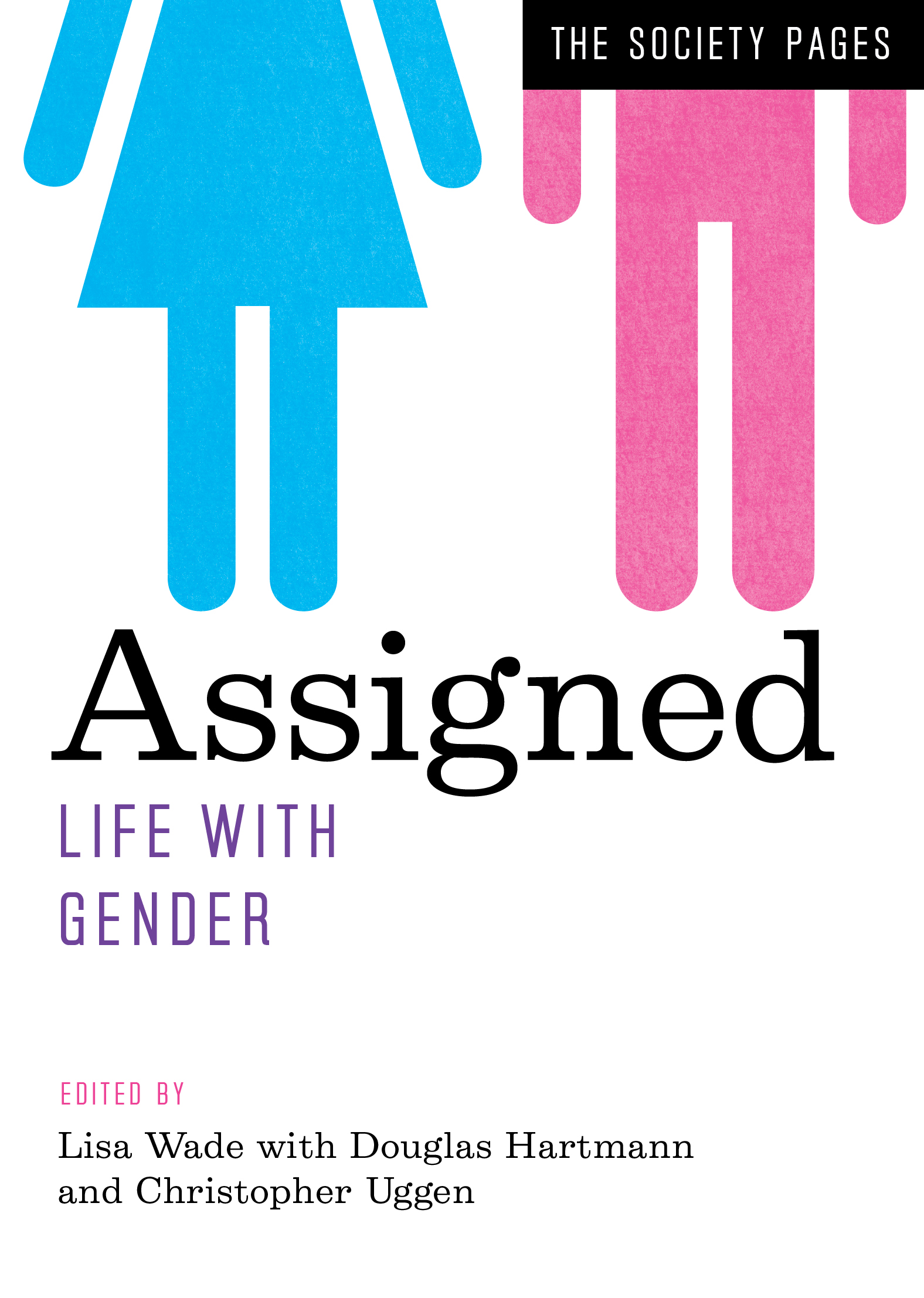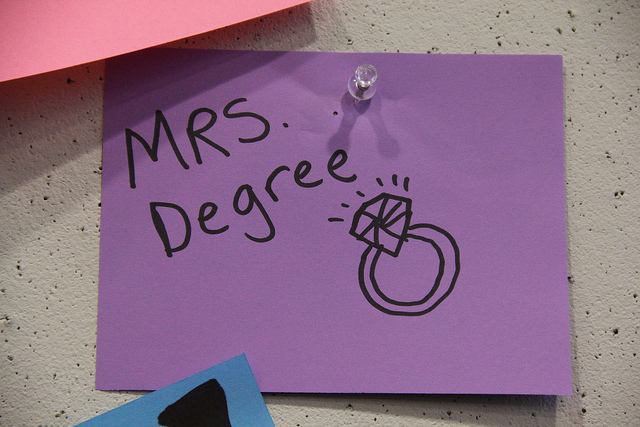Editor’s note: But see this take down of the study by sociologist Andrew Gelman.
Does it irritate you to walk through first class on your way to the economy seats? Do those smug faces, sipping complimentary champagne, annoy you? Do you wonder, perhaps involuntarily and against your better self, what makes those passenger so special? So much better than you? Does it make you want to break stuff?
If so, you’re not alone!
New research by a pair of business and resource management scholars discovered that “air rage” was more common on airplanes that have a first class cabin than those that don’t and even more common if economy passengers boarded the plane through that cabin, such that class-divided passengers came into close proximity.
The investigators, business and organization scholars Katherine DeCelles and Michael Norton, call it “physical” and “situational inequality.” The former is when hierarchies are built into the environment, like CEOs in gorgeous, high-windowed corner offices and workers in dull cubicles. Situational inequality refers to degrees to which this hierarchy is made plain, as in whether workers have to walk by CEO offices to get to their cubicles. Airplanes with first class cabins are an example of physical inequality and if the economy class has to walk through them to board, that’s an example of high situational inequality.
DeCelles and Norton posited that both types of inequality would be associated with “antisocial behavior”: belligerence, illegal drug use, excessive intoxication, sexual misconduct, etc. Creatively, they used several years of records of onboard air rage incidents from a large airline, correlating incidents with the design of the airplane and boarding procedures.
They found that physical inequality was correlated with increased rates of air rage among people in the economy class and situational economy with air rage among people in both classes. By a lot, in fact. The presence of a first class cabin appeared to increase air rage among the economy class almost 4 times. For comparison, the increase was equivalent to that caused by a 9.5 hour take-off delay. Irritating, indeed.
Boarding through first class was correlated with another 2.18 times increase in air rage among the economy class and a stunning 11.86 times increase among those in first class. I always wondered if first class passengers felt chagrined, embarrassed, or disturbed by the marching through of the airplane’s second- and third-class citizens. Well, there’s a pretty heavy-handed hint.
DeCelles and Norton observe that recent changes in airline practices have increased the likelihood of passengers experiencing both types of inequality and that administrators and their on the ground representatives — flight attendants — should expect incidences of air rage to increase apace.
Lisa Wade, PhD is an Associate Professor at Tulane University. She is the author of American Hookup, a book about college sexual culture; a textbook about gender; and a forthcoming introductory text: Terrible Magnificent Sociology. You can follow her on Twitter and Instagram.










